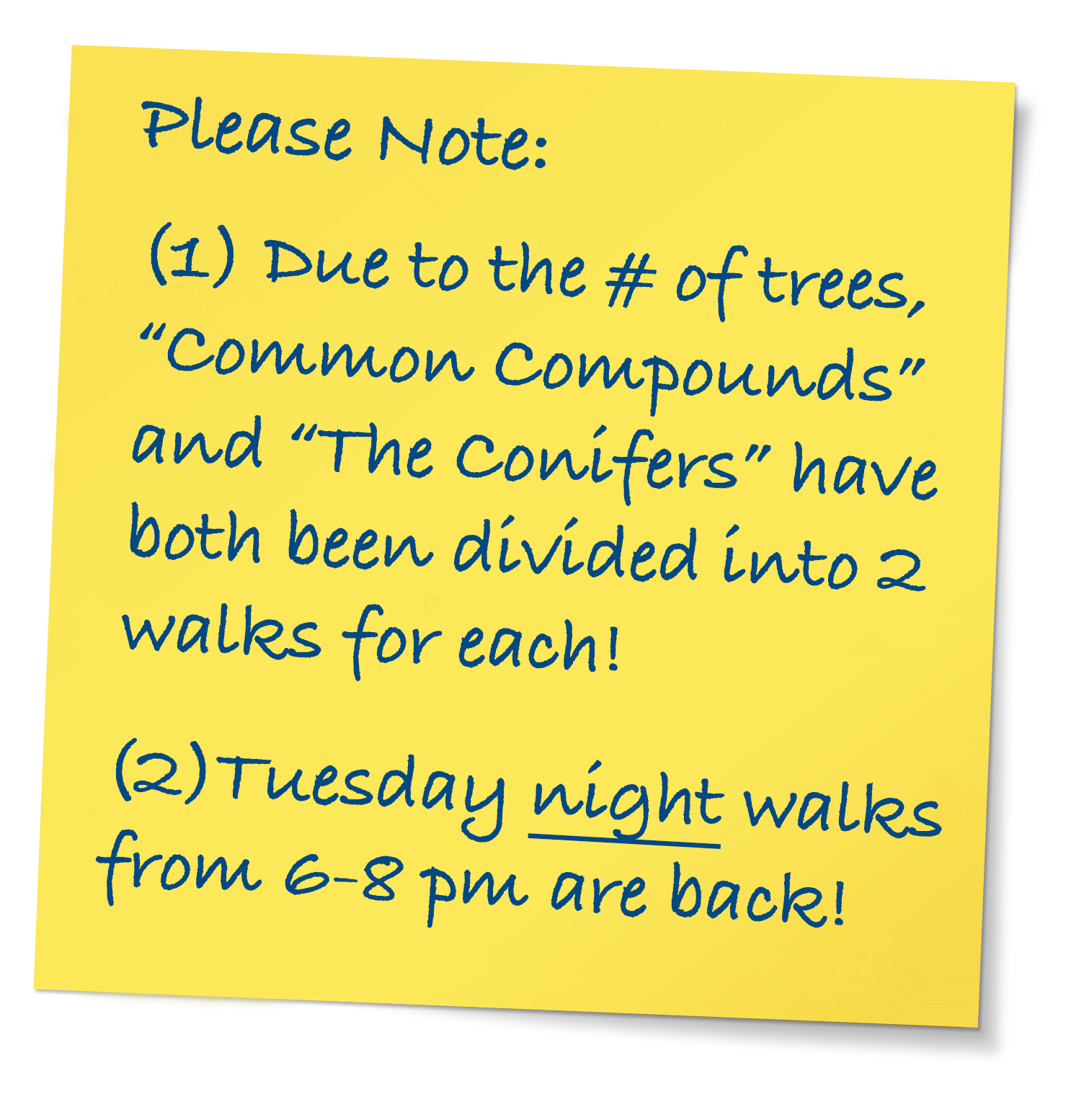New York City is both a "concrete jungle" and an urban forest. To help you connect with the latter, I lead 14 guided walks in Central Park to make learning our 100 most common trees from the mid-Atlantic region easier.
Knowing how to identify these trees will firmly establish you as a tree-smart naturalist, a better birder, or an all-round happier person. With a little help, it's easier than you think.
"Dendro Lab has enhanced our lives in countless ways...it's become an integral part of our New York experience."
– Joshua Levine
Dendro Lab NYC member
"Fabulous! I've been on many nature walks, but rarely are they this intelligent and entertaining."
– Emma Paske
birder & Dendro Lab NYC member














